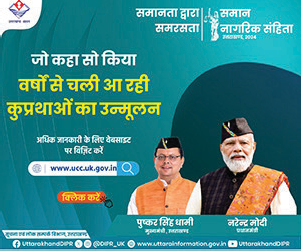New Delhi : The union cabinet, chaired by Prime Minister Narendra Modi, has approved the construction of the first unit of the Bharatiya Antariksh Station (BAS) by extending the scope of the Gaganyaan program. This cabinet approval allows for the development of the first module of BAS-1 and authorizes missions to demonstrate and validate various technologies essential for building and operating the station.
The approval also revises the scope and funding of the Gaganyaan Programme to incorporate new developments for BAS, including precursor missions and additional hardware requirements necessary for ongoing efforts. The revised program will encompass the development of an additional uncrewed mission, alongside the planned missions.
The human spaceflight technology development and demonstration initiative will comprise eight missions, with a target completion date of December 2028 for the launch of BAS-1. Originally approved in December 2018, the Gaganyaan Programme aims to facilitate human spaceflight to Low Earth Orbit (LEO) and lay the groundwork for India's long-term human space exploration ambitions. The vision for space during the Amrit Kaal includes creating an operational Bharatiya Antariksh Station by 2035 and an Indian Crewed Lunar Mission by 2040.
As leading space-faring nations advance their capabilities for long-duration human missions and exploration beyond the Moon, India is making significant strides through the Gaganyaan Programme. This national initiative, led by ISRO in collaboration with industry, academia, and other agencies, will implement a robust project management mechanism to develop critical technologies for long-duration human space missions.
ISRO plans to conduct four missions under the ongoing Gaganyaan Programme by 2026 and to develop the first module of BAS, along with four additional missions for technology validation, by December 2028. This endeavor will equip the nation with essential capabilities for human space missions to LEO, fostering a space-based facility like the BAS that will enhance microgravity scientific research and technology development.
The program aims to generate technological spin-offs and promote innovations across key research and development areas. Increased industrial participation and economic activity in the human space program will lead to job creation, particularly in high-tech sectors. With an additional funding allocation of ₹11,170 crore, the total budget for the revised Gaganyaan Programme has now reached ₹20,193 crore.
This initiative presents a unique opportunity for the youth of India to pursue careers in science and technology, particularly in microgravity research and technology development. The resulting innovations and technological advancements will benefit society as a whole.




 Previous
Article
Previous
Article












